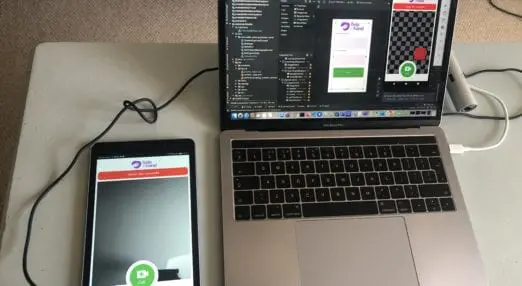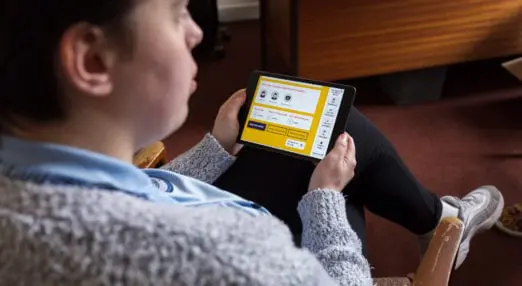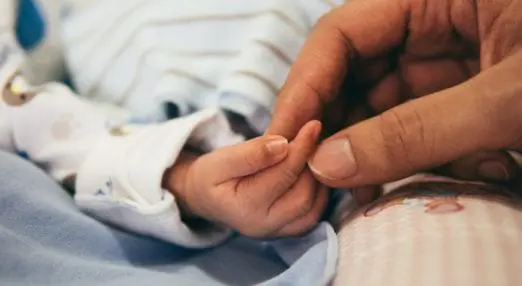The smell of Parkinson’s: A design sprint
Walking into a group meeting for people with Parkinson's, Joy Milne, a retired nurse, recognised a smell that she had noticed on her husband 12 years prior to his diagnosis. This was the smell of Parkinson's.
The design sprint to take the smell of Parkinson’s from nose to diagnose
Meeting Joy Milne, a retired nurse who can accurately detect the presence of Parkinson’s in humans just by smell, was fascinating to say the least. As our team of designers, strategists and developers set off on a week-long design sprint alongside Joy and the University of Manchester to digitise this extraordinary ability from nose to diagnose, we knew we were in for an experience like no other.
Joy’s husband had Parkinson’s disease. But this story began many years prior to his actual diagnosis. Joy had noticed a musky smell had developed on her husband, but it wasn’t until 12 years later, when his symptoms had developed and they attended a Parkinson’s group meeting, that she was met with that same scent en masse.
The smell she had noticed over a decade prior, turned out to be the smell of Parkinson’s.
Fast forward to an unusually sunny day in Manchester as our team came together with researchers at the Manchester Institute of Biotechnology and Joy for an intense but captivating design sprint. The purpose? To find a way to digitise the way sebum samples (the oily substance responsible for producing the smell) are collected and procehttps://reasondigital.com/what-we-do/product-design-sprints/ssed.
Learn more about the Smell of Parkinson’s design sprint in this video:
What’s next for the diagnosis of Parkinson’s?
And next? Following this, we plan to address how patients log their symptoms on an ongoing basis. The potential impact of creating this process is huge. At present, there is no test which can conclusively show that you have Parkinson’s disease. As a result of this, a diagnosis can take many years. However, it is so important to identify Parkinson’s as early as possible in order to slow down its progression.
This reminds us of the importance of the work we are collaborating on. A successful digital solution could mean that in a few years’ time we will have gathered the biggest Parkinson’s directory of research globally which could then lead us to a point where we could have a diagnostic test for Parkinson’s that is quick and easy and produces much better patient outcomes.
More fascinating stories this way...
-

Three creative tech solutions brought to life in response to the pandemic
As a social enterprise, we’ve learnt some valuable lessons over the past few months when it comes to providing digital solutions for good causes. We’ve had to move quickly to give our support and add value where we can during uncertain times.
Find out more
-

Radical Accessibility: Report and Recommendations
Access the must-read report which takes a deep dive into brand new data. How inclusive and accessible have charity digital services been during Covid? Find out here...
Find out more
-

WellChild
Supporting parents and carers of seriously ill children: Turning a life-changing idea into reality through a user-centred digital product design sprint.
Find out more about wellchild



